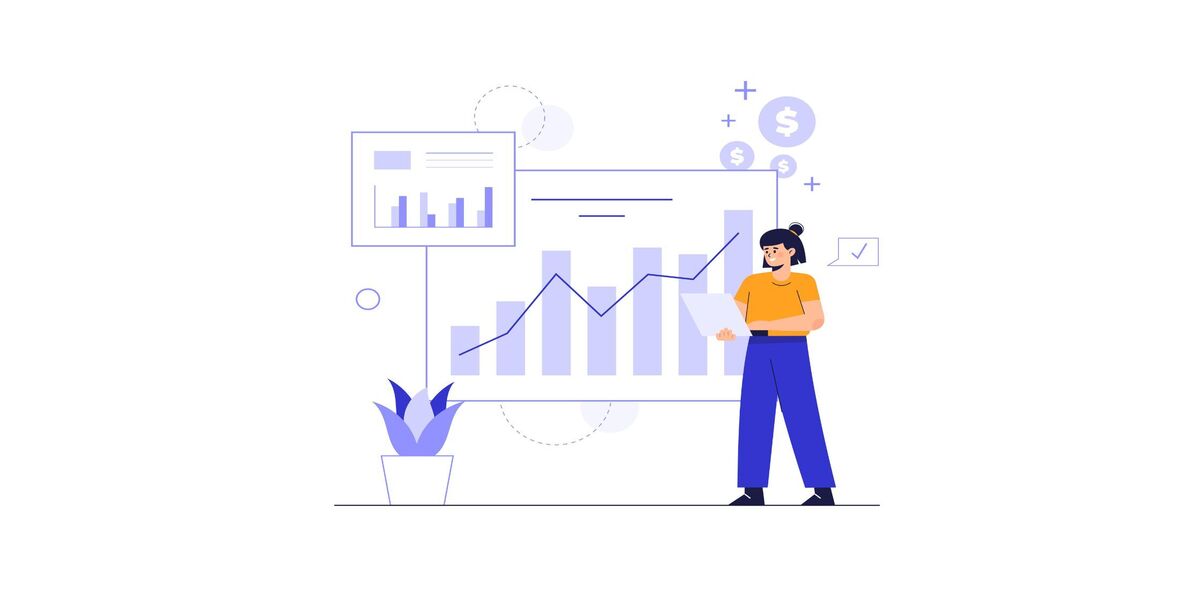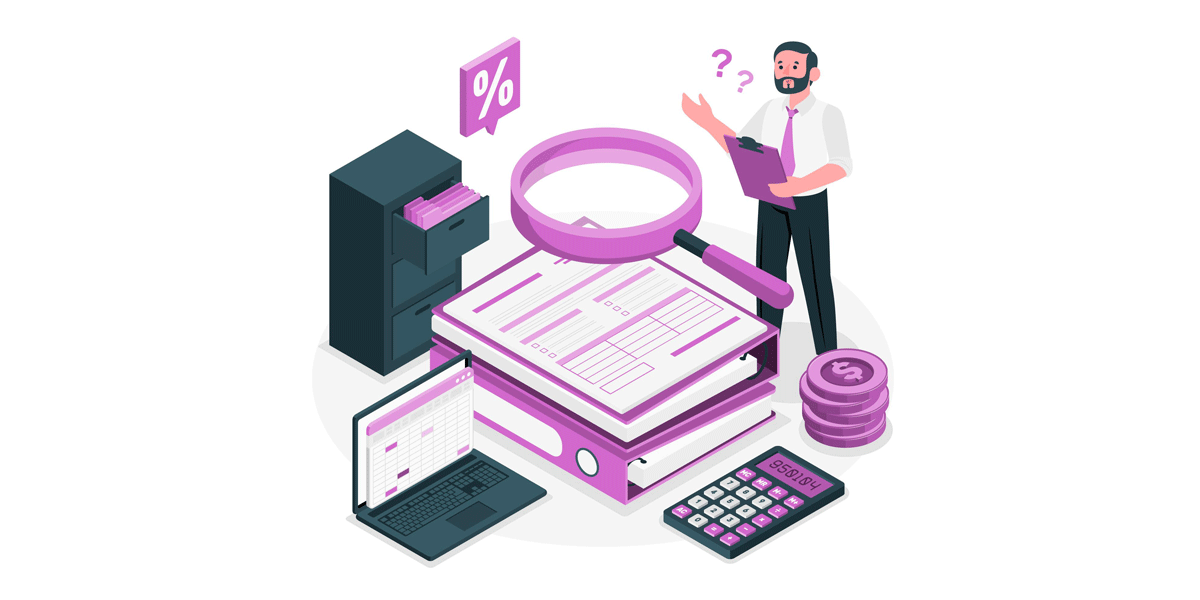Introduction To EBITDA
EBITA
EBITA simply means Earnings Before interest, taxes, and amortization. Investors commonly use this acronym to measure the profitability and efficiency of a company and compare it with companies of similar nature. The term includes all costs associated with the capital assets, i.e. depreciation, by excluding associated financing costs and the amortization of any intangible assets, making it an accurate metric for measuring a company’s profitability. Further, it can also compare with EBIT (Earnings Before Interest and Taxes )and EBITDA (Earnings Before Interest Taxes Depreciation, and Amortisation) to get a better insight into the company’s earnings.
EBITDA
The financial metrics that measure a company’s overall financial health are commonly termed EBITDA or Earnings Before Interest Taxes Depreciation and Amortization. Often, there is an alternative to other metrics like revenue, earnings, or net income of a business. This metric excludes all expenses associated with debt and adds back interest expenses and taxes to earnings. It helps to compare the profitability of different companies and industries since it eliminates the effects of financing and capital expenditure.
Further, this metric serves in the valuation process and helps to compare the enterprise value and revenue. Currently, bankers widely use EBITDA to estimate the debt service coverage ratio (DSCR), a ratio that is explicitly used for business loans to measure the cash flow and ability to pay. Moreover, analysts and investors use EBITDA to get an idea about the company’s actual earnings, and it gives a picture of the company’s total amount in hand for reinvestment or to make payments as dividends.
Components of EBITDA
• Earnings: It denotes the amount of money that the company brings in over a certain period of time. The amount of earnings can be determined by simply subtracting the operating expenses from the total revenue.
• Interest: It is simply the cost of servicing a debt. Generally in EBITDA interest is not deducted from earnings.
• Taxes: As the name says EBITDA stands for Earnings Before Interest Tax Depreciation and Amorisation. Therefore tax expenses is not accounted for while determining the EBITDA value.
• Depreciation and Amortization: The amount of depreciation and amortization are added back to operating profit to arrive at EBITDA.
What is a good EBITDA?
An EBITDA with a 10% or more margin is generally good. This can be understood better with the help of an illustration;
While considering two different companies, namely Company A and Company B, with their EBITDA of $600,000, total revenue of $6,000,000, and an EBITDA of $ 750,000 and total revenue of $9,000,000, respectively. And this indicates that B company demonstrates a higher EBITDA than A company. (8% against 10%). And looking at this data, company B might appear more promising to a potential investor.
FORMULA AND CALCULATION
Usually, two formulas are there for the calculation i.e;
EBITDA = Net income + Taxes + Interest expense + Depreciation & Amortization
Or
EBITDA = Operating Income + Depreciation & Amortization
It is thus estimated by straight forward method. Simply by considering the information provided in the company’s income statement and balance sheet. The first formula uses the net income to calculate EBITDA by adding back interest and tax expenses. In the second formula to obtain operating income, subtract daily operating expenses. This method helps investors to get an idea about the exact earnings of the company by excluding interest and taxes. But it should note that the calculations via two different formulas will provide you with two different results. Net income includes line items that don’t include in operating income, such as non-operating income or one time-expenses.
USE CASES :
• EBITDA represents the cash flow and gives a quick overview of the total value of a company. Thereby helping the investors to understand whether a company is making a profit or not. Moreover, most private equity firms use these metrics to compare similar companies in a particular industry to understand a company’s performance compared to its competitors.
• EBITDA is commonly used in valuation and helps stakeholders, especially investors, understand whether a company is overvalued or undervalued. And such comparisons are essential as different industries exhibit different average ratios. It also reveals the operating profitability of the business. Thus, EBITDA helps investors know the company’s net income even before interest, taxes, or depreciation is accounted for.
• In some cases, EBITDA is very similar to the PE ratio (Price-to-Earnings). But compared to the PE ratio, EBITDA is neutral to capital structure and lowers the risk factors associated with capital investments and other financing variables.
• EBITDA is often used in financial modeling to calculate un-levered free cash flow.
EBITDA MARGIN AND HOW TO INTERPRET IT?
The EBITDA margin is a profitability ratio that measures a company’s earnings before interest, tax, depreciation, and amortization as a percentage of its total revenue. And there are mainly two types of EBITDA-1. Higher margin and 2. Lower margin. Comparatively, a higher margin is more favourable because companies with higher value margins produce a higher profit.
• Higher EBITDA margin: Higher EBITDA margin is considered more favorable because companies with higher EBITDA margins are producing a higher amount of profit.
•Lower margin: Lower margin implies the presence of an underlying weakness in the company’s business model, like ineffectiveness in sales & marketing, targeting the wrong market, etc.
STEPS TO CALCULATE THE EBIDTA MARGIN
Follow the steps given below to arrive at the EBITDA margin;
- To begin with, the revenue, gather the cost of goods sold (COGS), and operating expense from the income statement.
- Then consider the depreciation and amortization (D&A) from the cash flow statement and any other non-cash add-backs.
- Determine the operating income by subtracting COGS and operating expenses and adding back D & A.
- Finally, divide the value by the corresponding revenue figure, and the resulting figure is your EBITDA margin for each company.
WHY IS IT IMPORTANT TO CALCULATE THE EBITDA MARGIN?
Calculating this margin helps companies to;
• Compare against its historical results, i.e., the previous model’s profitability trends.
• It helps to compare a company’s performance with competitors in similar industries or relatively similar industries.
IS EBITDA THE SAME AS GROSS PROFIT?
Gross profit and EBITDA are not the same. Gross profit denotes the amount of profit a company makes after subtracting the cost associated with making its product or offering its services to its customers. In contrast, it shows a company’s profitability after deducting interest, taxes, depreciation, and amortization. Thus EBITDA and gross profit are not the same since it measures the company’s profitability by exempting different items or cost.




